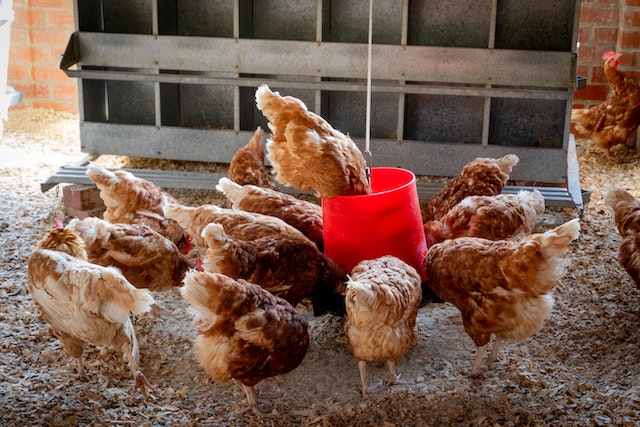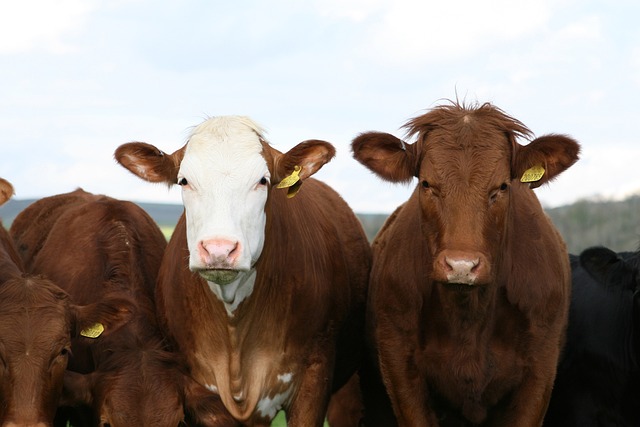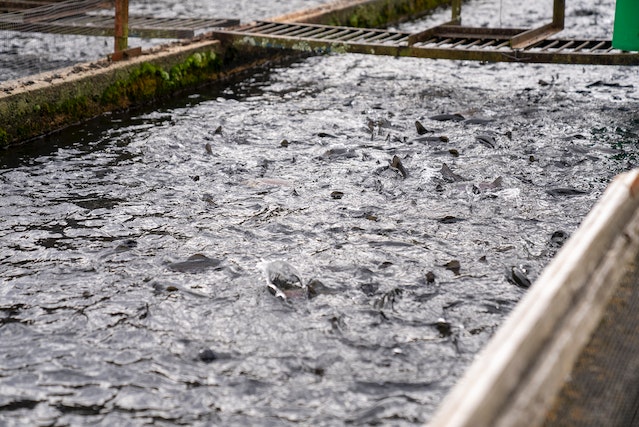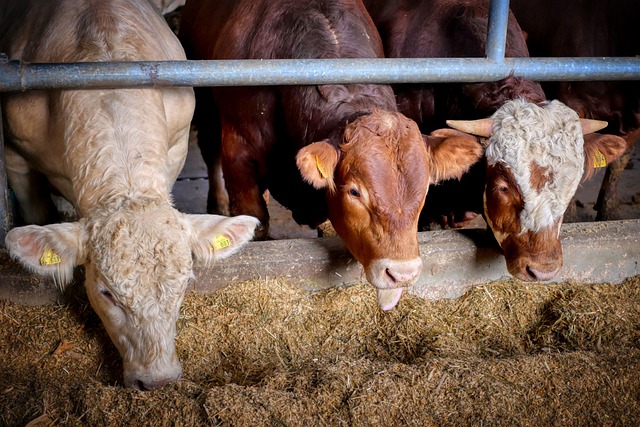You may be asking yourself, “What the heck is animal husbandry?” All right. The majority of people now live in industrialized cities rather than rural areas. Cities like New York, Tokyo, and Buenos Aires are expanding. The majority of us find ourselves distant from the farm and the forest.
However, there is a growing awareness of the issue and a desperate need to make proactive decisions and find solutions. In order to rethink our civilizations, many people are looking at farming methods, technologies, and opportunities. Public health places a high priority on how we consume—what we eat, drink, how much we move, etc. We may all participate in this facet of the global shift.
Let’s explore animal husbandry since it is a part of that and has both good and bad aspects.
What Is Animal Husbandry?
Animal husbandry leads to the raising of livestock and the requirement for reproduction. The management and care of animals in this procedure involve enhancing the genetic potential and behavior of animals in order to make money. An important part of farmers depends on animal husbandry as their primary source of income.
Animal husbandry regulated the raising, handling, and production of domestic animals, as well as the breeding of animals to enhance the traits that humans deemed acceptable. Animals are raised in this manner for use, sport, entertainment, and study.
Cattle farming, horse breeding, sheep farming, beekeeping, aquaculture, etc. are a few examples. It aids in giving animals suitable shelter along with 24/7 food and safety supplies. Inspections of their health in accordance with protocol help to keep them healthy.
Domestication Process:
Domestication can be viewed as an adaptive evolutionary process. Due to repeated environmental expertise, genetic and genomic changes, and the demands of humans and future generations, a colony of caged wild animals adapts to these processes.
Role Of Animal Husbandry In Human Welfare:
Animal husbandry is beneficial to human beings in the following ways.
- Dairy Products: The main source of milk and dairy products like yogurt, cheese, and butter are animals like cows, sheep, and goats.
- Meat: Animals raised for their meat include cows, buffaloes, pigs, and goats. Their meat is a fantastic source of protein for the diet.
- Land management: To prevent weeds on agricultural land from flowering, livestock may occasionally be fed. Goats and sheep consume the dry plants in places that are vulnerable to wildfires, lowering the chance of a fire.
- Fiber: Wool and leather are two examples of textiles or fibers that animals can create. For instance, whereas camels may provide leather, sheep are raised for their wool.
- Manure: Animal excreta, blood, and bones are used to make manure. To boost agricultural production and yields, manure is applied to the fields. Additionally, it is utilized as plaster for walls and floors and as firewood.
- Non-human labor: One source is animals. They are employed for military purposes, cargo transportation, and agricultural tillage. Horses, yaks, and donkeys are utilized for these things in agriculture.
All You Need To Know The Importance Of Animal Husbandry:
- Humans benefit from animal rearing because it allows them to access a variety of high-nutrient food products. They satisfy the industrial demands for high-demand food, including those dairy products from cows, goats, and buffaloes. Since they produce milk that is rich in protein and other vitamins and minerals, these creatures are referred to as “milk animals.”
- Another group of animals, such as hens, ducks, geese, goats, fish, etc., that are essential to humans for their eggs and meat also fall under the umbrella of animal husbandry. Additionally, they are developed to provide meat that is high in protein, iron, fat, vitamin B12, and zinc. These nutrients are all necessary to increase metabolic rate, encourage fullness, and lessen appetite.
- Fish, which include Omega-3 fatty acids, DHA, and vitamin D, are considered to make people happier and healthier.
- Animal management and breeding are handled by the large-scale industry known as animal husbandry.
- A farm or a particular area is designed for housing, food production, and conducting cultivation procedures.
- Additionally, apiculture, or bee agriculture, and aquaculture, or the breeding of sea animals, are involved.
Types Of Animal Husbandry:
Depending on the types of farming, there are various types of animal husbandry processes explained as follows.
Poultry Farming:

A form of animal husbandry is the farming of poultry. Raising domesticated birds like chickens, turkeys, ducks, and geese is part of it. They are reared to produce eggs and meat for human consumption. To provide healthy and wholesome food for them, poultry is raised in big-scale farming in an environment free of disease.
Maintaining cleanliness and hygiene is crucial when raising poultry. because producing body waste is a major activity for mammals and birds. The faces are then employed in the creation of soil fertilizers. Huge numbers of people can find work in poultry production, which benefits their economy, particularly farmers.
Dairy Farming:

Healthy animals are chosen for dairy production and periodically inspected for their current physical and mental well-being. Dairy farming is actually a category of agriculture where milk is produced over an extended period of time and sold after processing.
By controlling dairy farming animals like sheep, goats, and cows, different products can be produced, including curd, yogurt, cheese, butter, and cream. This livestock used for dairy farming is known as milch animals.
To make animals suitable for industrial usage and suitable for commercial use, they are milked either by machines or by hand and kept healthy.
Aquatic Farming:

Pisciculture, aquaculture, and fish farming are different names for aquatic farming, one of the main categories of animal husbandry, and involves the controlled and enclosed rearing of fish and other marine animals like prawns.
In the process of fish farming, fish are raised in closed tanks or ponds for commercial purposes. Although, there is an increasing demand for fish and fish protein.
The two types of fish farming that are currently used are extensive aquaculture and intense aquaculture, where the former is based on local photosynthetic production and the latter is based on an external source of food for aquatic animals.
Bee Farming:

The term “apiculture” refers to the activity of raising bees, and it is derived from the Latin word “APIs,” which means “bee.” In order to produce honey and wax, honey bees must be managed and cared for.
Honey has amazing medicinal powers that help treat coughs, sore throats, digestive issues, ulcers, blood sugar regulation, and ulcers. A secure environment for the bees to live and work is ensured by apiculture. Because they help pollinate our food sources, bees are essential to us as well. With bee farming in operation, it offers a setting for researching their habitat and behavior.
Advantages Of Animal Husbandry:
The following benefits of animal husbandry include control of the animals through proper nutrition, shelter, and defense against domestic animals.
- Numerous farmers are given jobs as a result, raising their level of living.
- It is cross-breeding aids in the development of breeds of animals that provide a high output. As a result, there is a rise in the production of many food items including milk, eggs, meat, etc.
- This technique encourages a healthy environment by properly disposing of animal excrement.
- animal husbandry departments such as animal husbandry Rajasthan and animal husbandry Haryana take all necessary steps to accomplish the following goals an effort to develop breeds using superior genetic material, a Program for disease control and veterinary health care, Additional Activities, and preservation of native genetic material.
Conclusion:
Animals are raised for meat, fiber, milk, and other purposes in agricultural animal husbandry. This general word covers daily care, selective breeding, and animal husbandry. Before the first crops were raised, there was a long history of farming. Fishing and animal husbandry have so been widely practiced throughout India.
Also read,wellhealthorganic buffalo milk tag.
